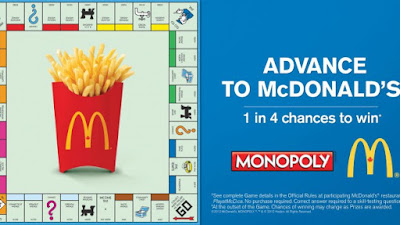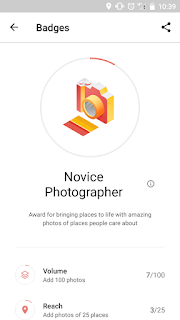Google Crowdsource – Gamifiying Online Information Crowdsourcing
Google
Crowdsource – Gamifiying Online Information Crowdsourcing
The
term crowdsourcing refers to a method of actionable community engagement that
seeks to harness the collective wisdom, knowledge, contributions, and
capabilities of large groups of people in society. Crowdsourcing has been used
by companies and organisations to solicit, improve, and
According
to gamification expert, Yu Kai Chou, “Crowdsourcing utilizes several core
behavioral drives that compel users to collectively work together to solve
problems (sometimes by breaking them into tedious, and manageable tasks). “
An example of this could be the massive online encyclopedia, Wikipedia. It utilizes
gamification principles to entice users to curate and publish regular content
while holding the community (and its content) responsible for accuracy and
quality.
Google
Crowdsource
Google’s
Crowdsource was released for Android on the Google Play store
on August 29, 2016, and is also available on the web. It seeks to serve as
an application to help improve the quality of Google services like Maps,
translation, image transcription, and more. Unlike Mechanical Turk
from Amazon, the app does not work to improve other third party services but
solely focuses on helping Google improve its own services.
What
does it do?
When
it was launched in 2016, the Crowdsource Android application presented users
with five different tasks namely, image transcription, handwriting recognition,
translation, translation validation, and map translation validation. The
most recent version of the app includes 2 new tasks in addition to the original
five tasks which are sentiment evaluation and landmarks.
Upon
installation, users have to select the languages they are fluent in after which
the app then shows five different panels relating to Google tools that you can
contribute to. These are image transcription, handwriting recognition,
translation, translation validation, and map translation validation.
When
a user chooses a service task to contribute to, the task requires the user to
help in a different way. In the case of transcription of images, for
example, the user has to type the correct name found in an image. In the
tasks related to handwriting recognition, the user has to transcribe the
on-screen text. Such tasks are therefore invariably aimed at solving tasks that
Google’s famed algorithms can’t and need ‘real’ human interventions. An April
2018 interview in Wired stated that Google's machine
learning algorithms work best in the United States and Western Europe, but
are less effective in less prosperous countries. In this interview Anurag
Batra, a product manager at Google who leads the Crowdsource team, shared
Google's motivations behind the Crowdsource app, stating that Google has
"very sparse training data set from parts of the world that are not the
United States and Western Europe,”
The Gamification Angle
Google
Crowdsource employs the typical motivational rewards that include points,
levels and badges as users contribute their knowledge and expertise across
various tasks. The achievements section of the app shows the progress made by
the user and indicates the number of points required to move on to each level.
Each level provides different types of feedback and unlocks several in app
features.









Comments
Post a Comment